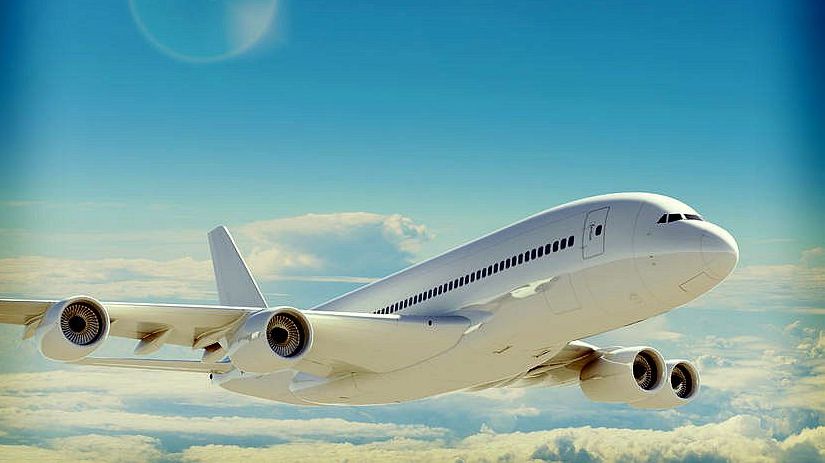Today, the Internet’s storage repositories are filling up with user-generated data from social media posts and user videos. But in a few years, the Aviation industry will be generating the most data on the Internet. The Internet has traditionally connected computers and humans, but now it also connects things; we are talking about sensors, microchips, scanners, card readers, cameras, and microphones — all generate a lot of operational and transactional data. In Aviation, an aircraft engine can have as many as 250 sensors. A twin-engine aircraft on a 12-hour flight can produce up to 844 TB of data. There are thousands of such aircraft flying around the world every day, so you can imagine the quantum of data generated by these connected aircraft.
A twin-engine aircraft on a 12-hour flight can produce up to 844 TB of data. There are thousands of such aircraft flying around the world every day.
Aircraft engine manufacturers such as GE, Rolls-Royce and Pratt & Whitney have created analytics service models around this data. Based on data collected from flying aircraft, GE offers services such as flight efficiency/operational management, fuel management, predictive maintenance, and fleet management.
Rolls Royce offers engine maintenance services under its TotalCare brand. It has now built an analytics service into TotalCare for analysing engine data in real-time to manage customers’ engine maintenance and maximize aircraft availability.
Pratt & Whitney has an eFAST data ecosystem, to capture thousands of engine and aircraft parameters throughout the full flight cycle. It monitors engine performance, to minimise disruptions and predict future maintenance visits.
These services can also complement conventional aircraft tracking systems such as radar and transponders since the engine is periodically sending geo-tagged data back to a data centre.
It can cost as much as $10,586.90 per hour to keep a Boeing 777-300ER in the air. And these aircraft are capable of flying non-stop for 16 – 21 hours.
But fuel savings and efficiency have been a big draw for these services, due to rising fuel bills. Modern aircraft are in the air longer and fly further than ever before. It can cost as much as $10,586.90 per hour to keep a Boeing 777-300ER in the air. And these aircraft are capable of flying non-stop for 16 – 21 hours. So any tweaks made to the engine performance in flight will certainly save fuel and operational costs.
Here’s how it works. Data generated by sensors in the engine are relayed to a data centre in the cloud via satellite, where it is analysed. Based on this analysis, the data centre can send instructions back to the engine to make modifications in the alignment of fan blades, for instance, thus saving on fuel consumption. This data can also be analysed for predictive maintenance, thus minimising downtime and keeping the aircraft in the air longer. That’s what matters most in the aviation industry.
These services are powered by a lot of technology in the data centre. It involves an integrated technology stack and expertise to manage the data centre. For instance, GE uses the Predix platform, a cloud-based Platform-as-a-Service (PaaS) for the Industrial Internet. The platform provides tools, framework, guidelines, and best practices.
Apart from analytics and artificial intelligence, there are human data scientists involved too. So this is about connecting machines, data, and people.










